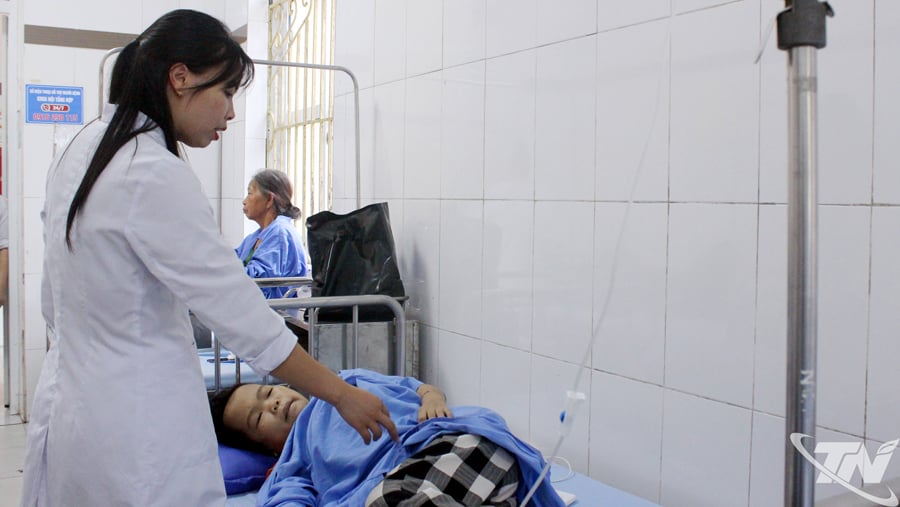 |
| A patient with thalassemia needs to be transfused with 3-4 units of blood, but has only received 1 unit so the hospital stay is prolonged waiting for family members to donate blood. |
At Thai Nguyen A Hospital - one of the provincial treatment units, on average 30-50 units of blood are needed each day to serve patients. However, for nearly a month now, the amount of blood supplied has only fluctuated between 10-12 units/day (mainly from patients' relatives).
Dr. Do Thai Phuong, Deputy Head of the Hematology and Blood Transfusion Department, said: "The main source of blood for the hospital is from the National Institute of Hematology and Blood Transfusion and Thai Nguyen Central Hospital. Previously, each time we went to Hanoi to collect blood, we usually brought back 70-100 units, but the most recent time we only received 2 units."
Due to the scarcity of blood, only emergency cases are given priority for blood transfusion, but immediately after that, the patient's family will have to donate blood to compensate. Otherwise, the hospital's treatment will be hindered.
There are several reasons for the severe blood shortage. Firstly, students – the main blood donation force – are on summer vacation. Secondly, the merger and reorganization of the administrative apparatus has resulted in the deactivation of the district-level blood donation steering committee, while replacement committees have not yet been established at the commune level. Furthermore, the declining health of the population following the Covid-19 pandemic has significantly impacted the number of volunteer blood donors.
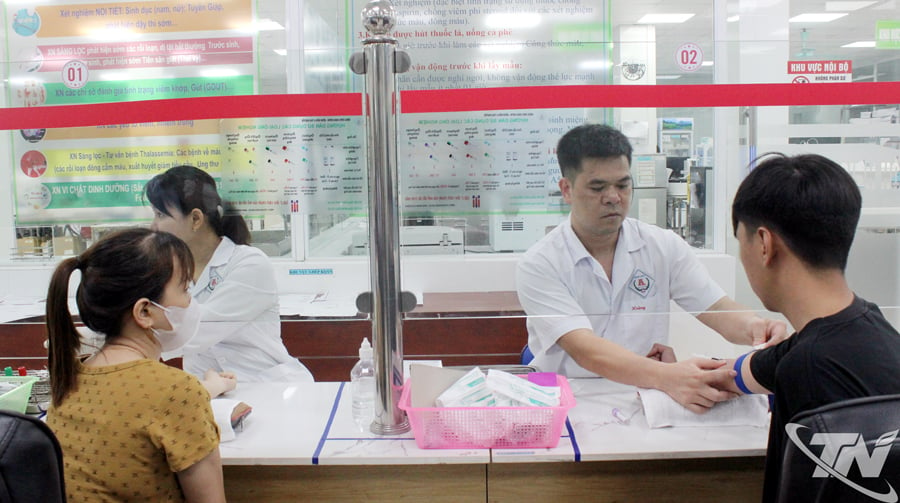 |
| On average, at Hospital A in Thai Nguyen, about 20-30 patients' family members come each day to have their blood types tested in order to donate blood. |
Ms. La Thi Tien, from Dinh Hoa commune, has a child who has suffered from thalassemia for over 17 years. In recent years, her child has had to go to the hospital every month to receive 2-3, or even 4 units of blood transfusions. This time, due to a shortage of blood, her child only received that one unit after Ms. Tien donated one unit of blood.
Due to insufficient blood transfusions, even though the child has been hospitalized for 5 days, she is still quite weak. Her husband and family members were mobilized to Thai Nguyen Central Hospital (the only medical facility in the area authorized to receive donated blood, then screen and process it) to donate blood. Although they know that blood from carriers of the disease gene is not as good as from healthy individuals, having blood for transfusion at this time is the most important thing, shared Ms. La Thi Tien.
The story of Ms. Nong Thi Thu (Cao Bang) also partly reflects the passivity and pressure that the patient's family must bear. During the surgery, her mother needed an emergency blood transfusion and the hospital immediately provided 2 units of blood to overcome the danger.
However, immediately after that, the family had to urgently mobilize relatives to donate blood. Therefore, her family had to rent a private car from Cao Bang for the day trip (more than 200km), costing 3 million VND, not to mention the cost of food and testing. That was a real burden for the patient's family.
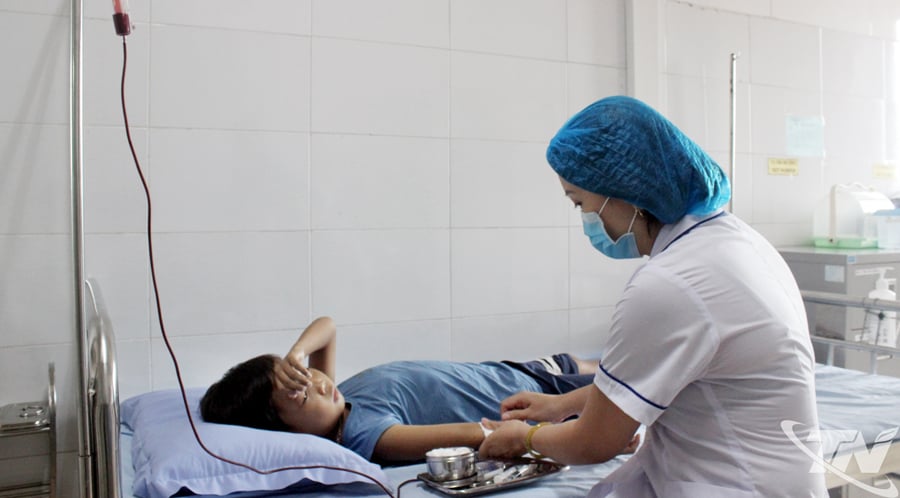 |
| For patients who are not in emergency situations, blood transfusions are only possible if a family member donates blood. |
For Ms. Tran Thi Hanh in Phu Luong commune, the recent diagnosis of thalassemia in her 10-month-old daughter was a huge shock. Although immediate hospitalization was recommended, because it wasn't an emergency, her daughter still had to wait for a family member to donate blood before treatment could begin. Therefore, even after taking her daughter to the provincial hospital, she had to bring her home and ask her aunt to handle the blood donation procedure before admitting her to the hospital.
Not only do patients and their families face difficulties, but doctors also struggle to explain and guide patients, sometimes even having to persuade relatives and acquaintances to donate blood if family members cannot meet the requirements. In many emergency cases, blood transfusions are administered urgently, but the blood cannot be returned afterward, further prolonging the blood shortage.
We need to act quickly for the sake of the patients.
Blood shortages are not just a problem in Thai Nguyen but are occurring nationwide. According to the National Institute of Hematology and Blood Transfusion, in July and August 2025, the northern region needed approximately 90,000 units of blood, with blood type O alone requiring 15,000 units. However, there is still a shortage of about 30,000 units of blood that need to be supplemented.
Thai Nguyen is one of the localities with a large number of patients suffering from hematological diseases, especially thalassemia - a disease that requires lifelong blood transfusions. Without a stable blood supply, patients will face delays in treatment, directly affecting their quality of life, and even their lives.
Currently, some charitable groups and volunteer blood donation teams at hospitals are providing timely support to some cases, but the number of participants is limited. Meanwhile, if there is decisive involvement from the local government – the closest to the people – the effectiveness of blood donation campaigns will be higher, more proactive, and more sustainable.
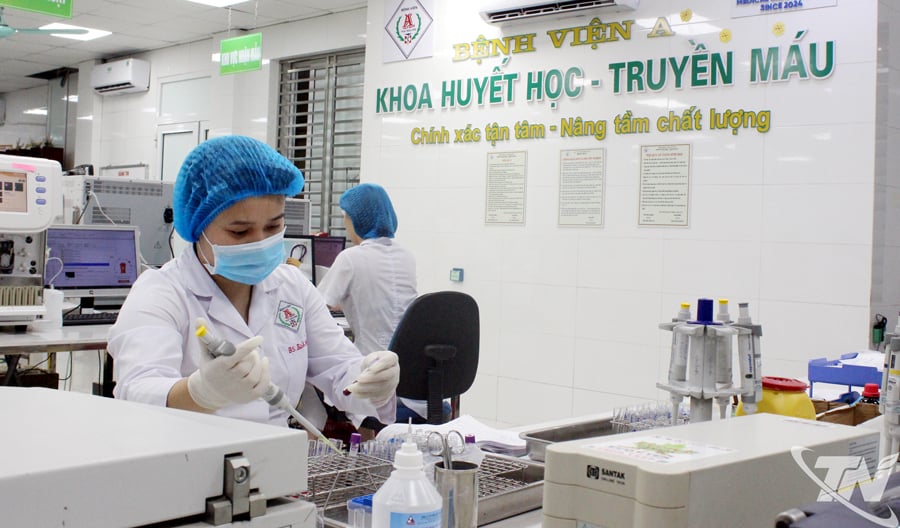 |
| Doctors from the Hematology and Blood Transfusion Department of Hospital A perform blood typing procedures. |
Anemia is not only a medical issue but also a societal one. It affects patients with chronic illnesses and is particularly serious in emergency situations such as surgery, accidents (organ rupture, severe trauma, etc.), and obstetric conditions (ruptured ectopic pregnancy, placenta previa with massive bleeding, etc.). Each unit of blood offers not only a chance of survival for one person but also the hope of an entire family.
More than ever, local authorities at the commune and ward levels need to establish blood donation campaign committees and implement activities systematically. Along with that, it is necessary to foster a spirit of compassion and sharing within the community, especially among youth union members – those who are always at the forefront of charitable activities.
Source: https://baothainguyen.vn/xa-hoi/202507/khan-hiem-mau-them-ganh-nang-0051f07/



![[Photo] Closing Ceremony of the 10th Session of the 15th National Assembly](/_next/image?url=https%3A%2F%2Fvphoto.vietnam.vn%2Fthumb%2F1200x675%2Fvietnam%2Fresource%2FIMAGE%2F2025%2F12%2F11%2F1765448959967_image-1437-jpg.webp&w=3840&q=75)



![[Photo] Prime Minister Pham Minh Chinh holds a phone call with the CEO of Russia's Rosatom Corporation.](/_next/image?url=https%3A%2F%2Fvphoto.vietnam.vn%2Fthumb%2F1200x675%2Fvietnam%2Fresource%2FIMAGE%2F2025%2F12%2F11%2F1765464552365_dsc-5295-jpg.webp&w=3840&q=75)
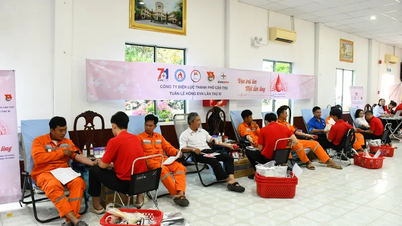

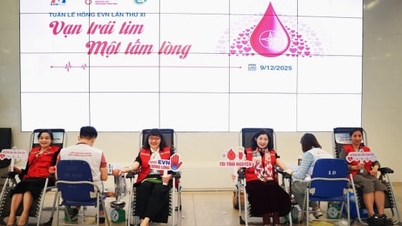

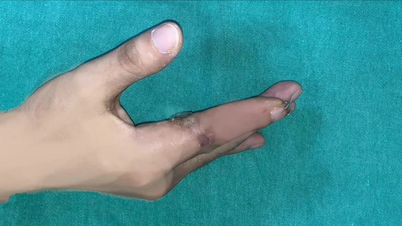

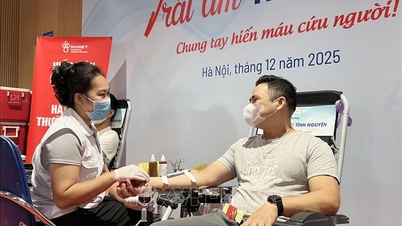

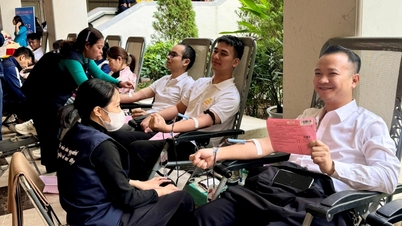





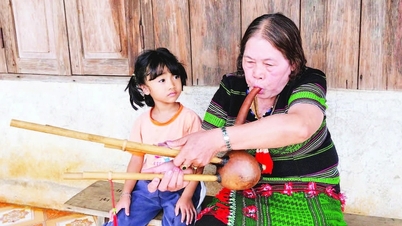

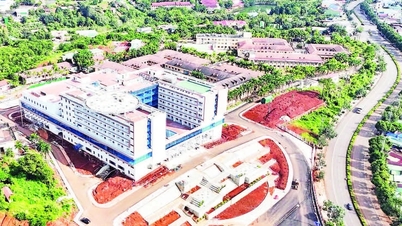
![[Infographic] Preventing students from making their own firecrackers: 7 things parents need to know](https://vphoto.vietnam.vn/thumb/402x226/vietnam/resource/IMAGE/2025/12/11/1765466656703_img_0320_20251211183542.jpeg)

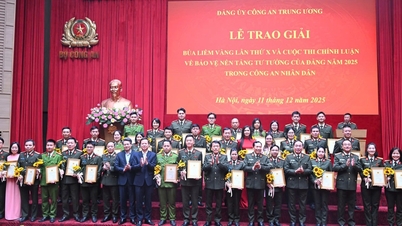
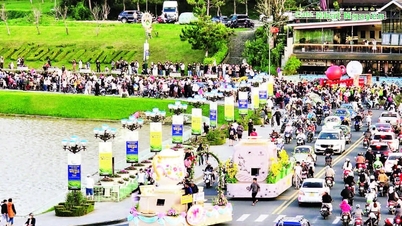




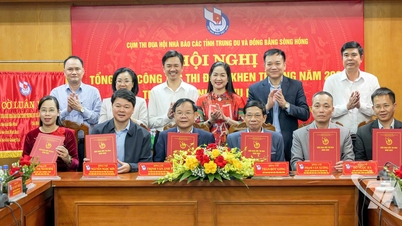
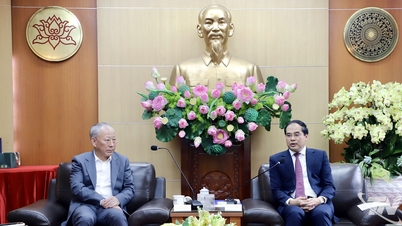
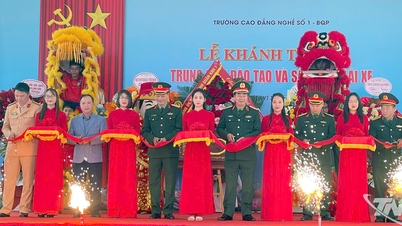
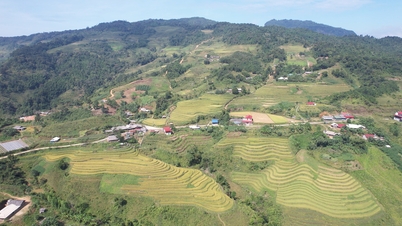
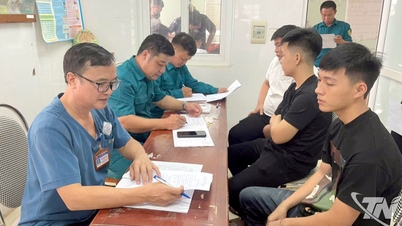
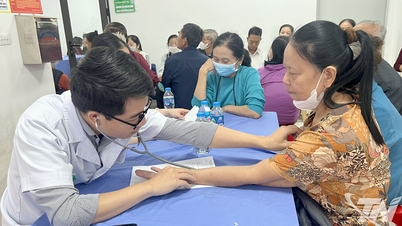
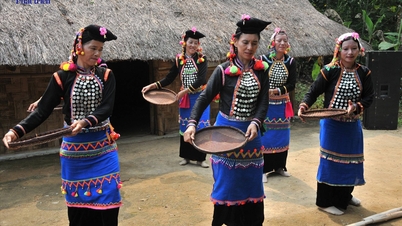

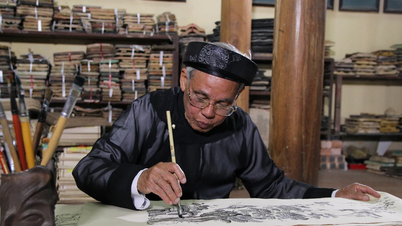

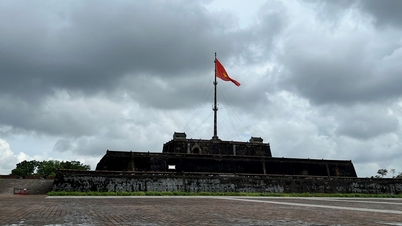

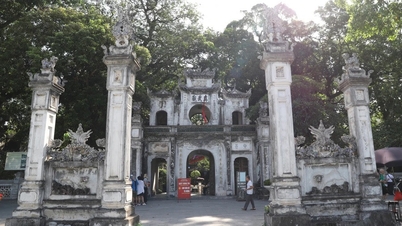

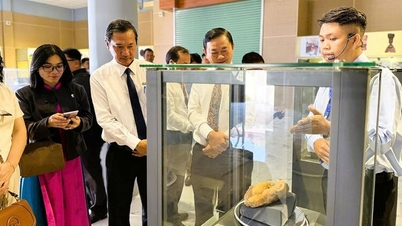

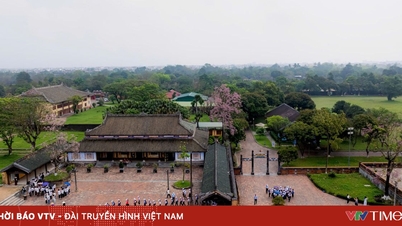

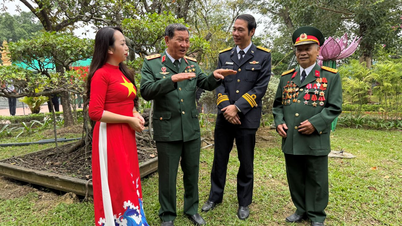



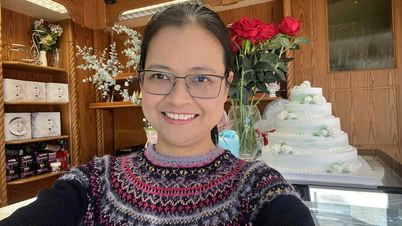

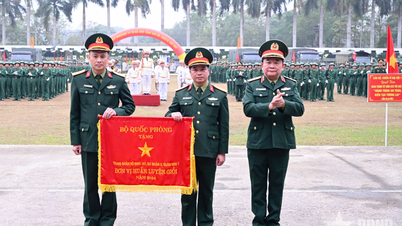
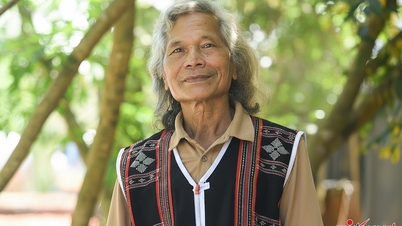



![[OFFICIAL] MISA GROUP ANNOUNCES ITS PIONEERING BRAND POSITIONING IN BUILDING AGENTIC AI FOR BUSINESSES, HOUSEHOLDS, AND THE GOVERNMENT](https://vphoto.vietnam.vn/thumb/402x226/vietnam/resource/IMAGE/2025/12/11/1765444754256_agentic-ai_postfb-scaled.png)
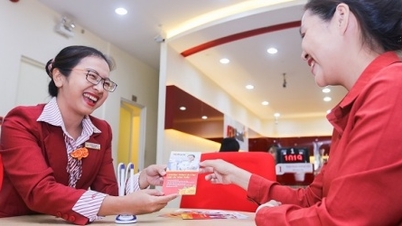


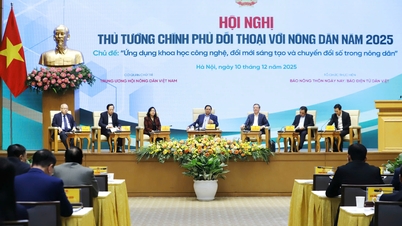








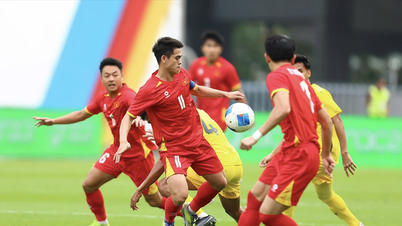

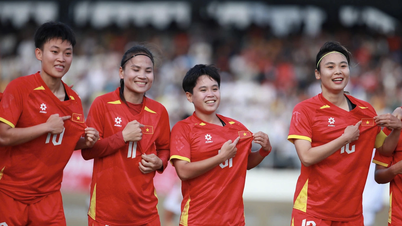

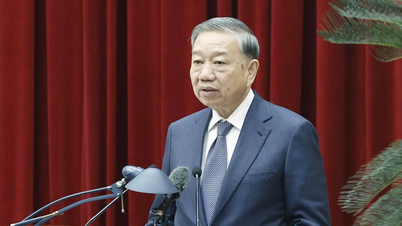
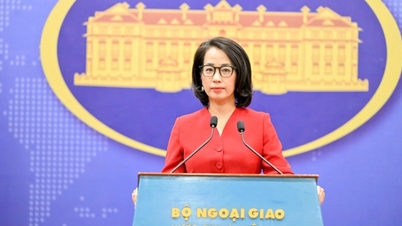
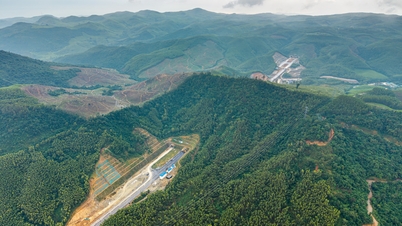



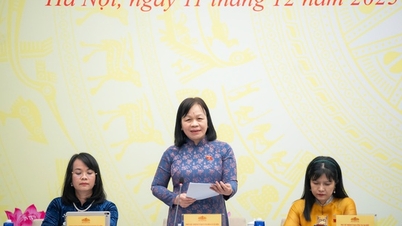

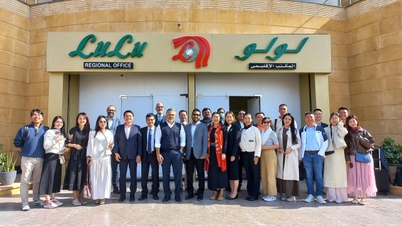

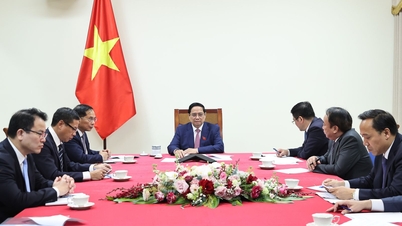

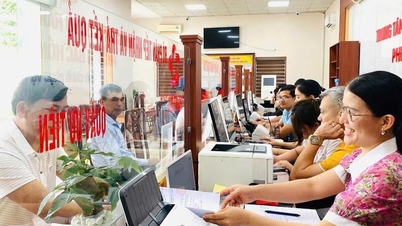
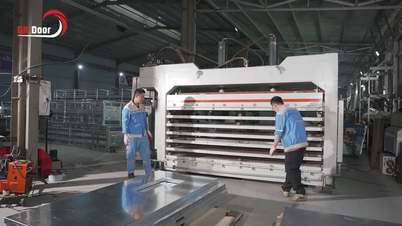


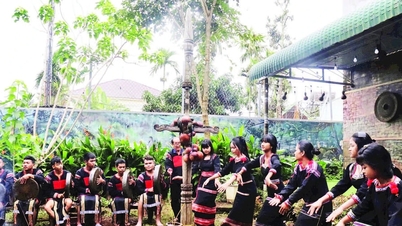
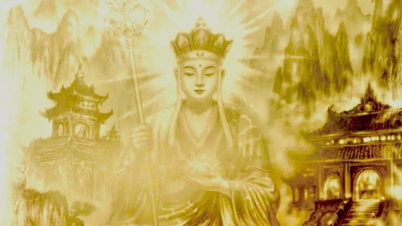











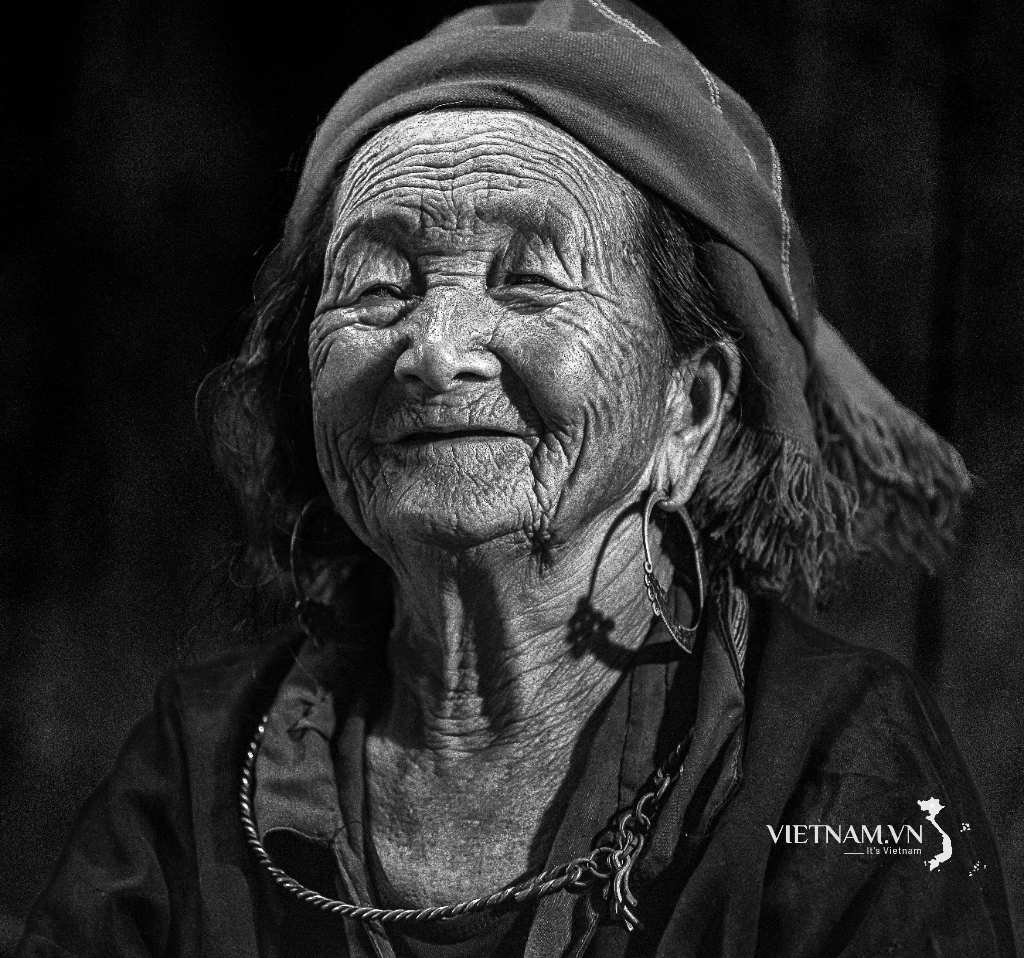



Comment (0)